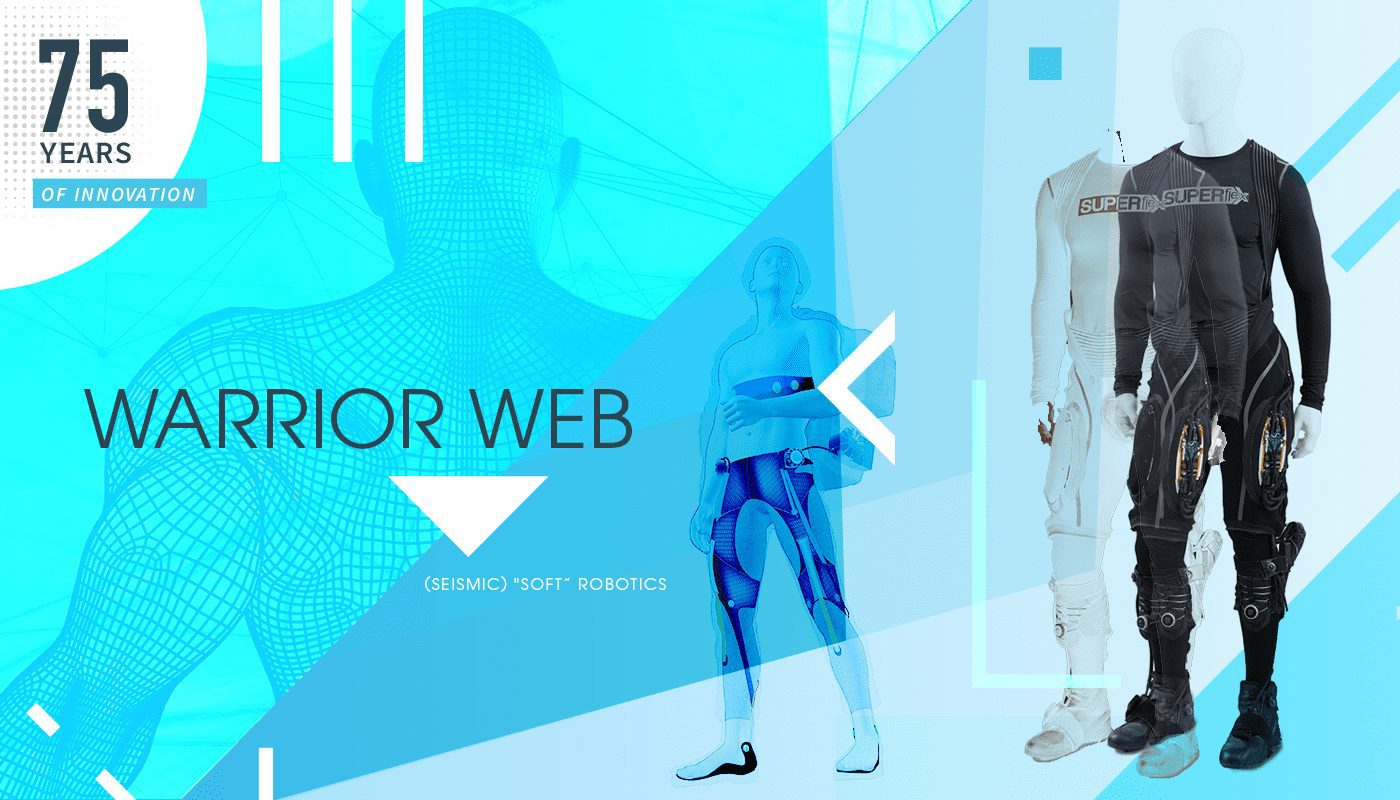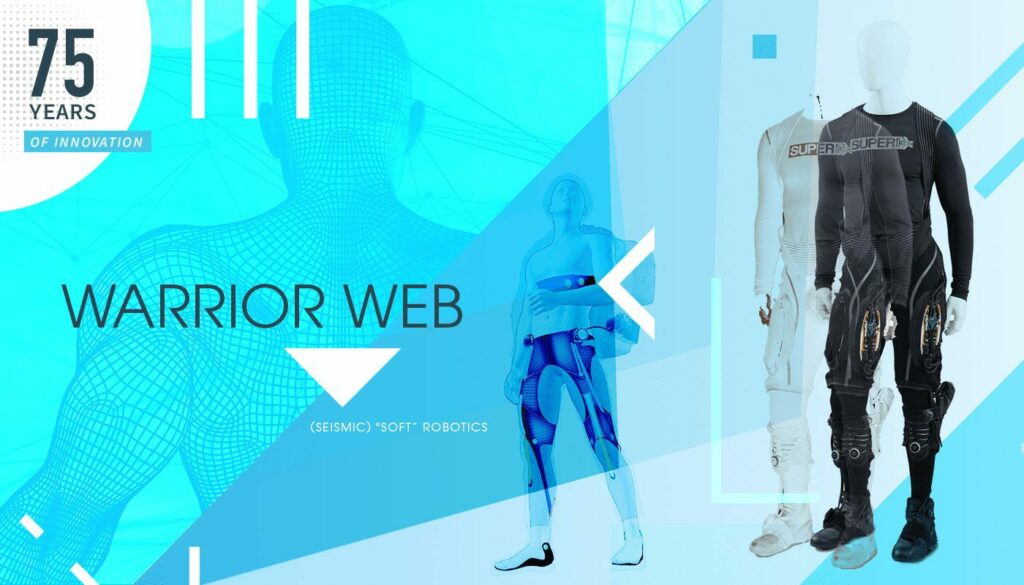
A lightweight, unobtrusive exosuit that melds clothing with smart robotics
The 75 Years of Innovation series highlights the groundbreaking innovations spanning from SRI’s founding in 1946 to today. Each week, SRI will release an innovation, leading up to its 75th anniversary in November 2021.
The human body is amazing; our musculoskeletal system allows us to do cartwheels, carry heavy weights and walk long distances. Even so, our bodies have limitations. Our muscles fatigue. Our joints become sore. The Defense Advanced Research Projects Agency (DARPA) questioned whether such limitations could be overcome; could the peak performance of soldiers be improved using technology? Can muscles be augmented to prevent injury and improve physical performance? And perhaps most important, could it be done in a way that is comfortable and convenient enough for someone to actually want to use it.
With extensive expertise in robotics, SRI International worked with DARPA to develop a technology that would enhance and augment a soldier’s ability to carry heavy loads long distances. This result was known as SuperFlex. But, like many SRI innovations, the core technology has broad and exciting applications beyond its original goals.
Lightening the load
Muscle and joint injury are some of the most common reasons for a soldier to be removed from combat. A soldier may be out of commission for months while injuries heal. Carrying heavy loads of 100 pounds or more for many miles places a major strain on a soldier’s musculoskeletal system. DARPA wanted to explore ways of reducing this impact. Earlier research efforts had focused on making exoskeletons, essentially strap-on robotic limbs that can greatly augment an individual’s ability to lift weight or travel with heavy loads. But unlike the exoskeletons found in science fiction, most exoskeletons are bulky, noisy and generally uncomfortable for long-term usage. In 2011, DARPA formed the Warrior Web program to explore more wearer friendly methods to minimize the impact on the musculoskeletal system when carrying heavy loads.
Warrior Web had two goals: to augment the work of muscles and reduce injuries related to carrying heavy loads without materially changing the soldier’s uniform. The hope was to develop a smart technology that was unobtrusive and lightweight, that would act as a type of clothing, similar to a diving suit. Thus, the idea of an “exosuit” — a flexible robotic undergarment — was born.
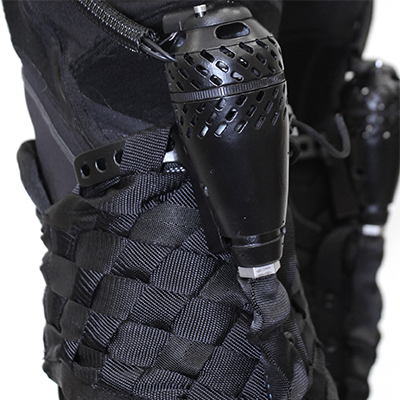
SRI International’s team of robotics experts stepped in to work on the DARPA Warrior Web project. The project resulted in the SuperFlex suit. This garment was a soft, flexible exosuit with unique lightweight and conformal “artificial Muscle” actuators. These muscle-like linear actuators used conventional high-power electric motors that produce power most efficiently at high speeds, But, rather than use a heavy and inefficient metal transmission to convert that spinning to relatively slow linear actuation — akin to that of a natural muscle — SRI leveraged advances in twisted-pair transmissions to create actuators that can duplicate the forces and motions of natural muscles with very little added bulk or weight.
But simply achieving the needed actuation is not enough. The actuators cannot be attached directly to the skeleton like natural muscles. Rather, they must transmit their forces by pressing on the skin. If the attachment points cannot distribute the forces properly hot spots, cramps, skin damage and general discomfort will result. Another key innovation of SRI’s SuperFlex exosuit was the FlexGrip system of utilizing weaves of fabric that efficiently distributed the load across the skin — much better than simple hook-and-loop straps.
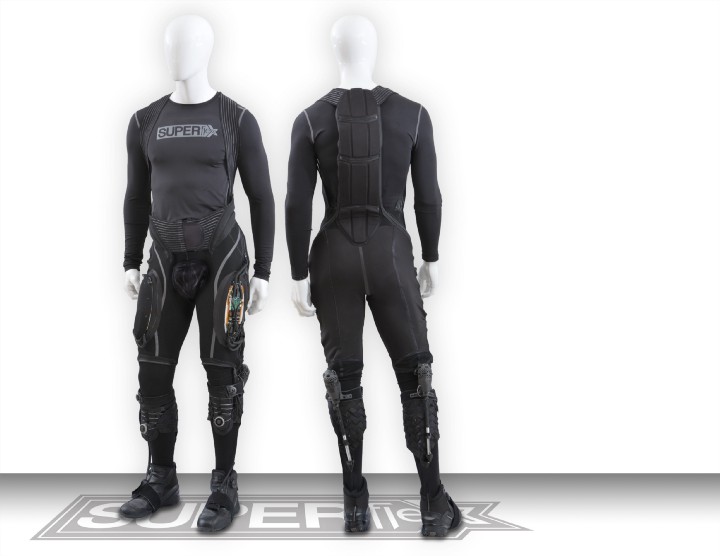
The exosuit was not all brawn, it had brains, too, with motion trackers that used motion prediction and performance augmentation algorithms. Being able to apply the forces at precisely the right times to complement the motion of the wearer rather than fight their natural motions is critical. The ability to get out of the way when it is not providing assistance is equally important. The suit had no rigid elements and in passive mode — with the suit turned off — the wearer retained complete control of their body. The suit simple augmented movement and muscles when the wearer needed it.
Warrior Web, designed to lighten the load of soldiers, can also help the general populace, particularly senior citizens and people with disabilities.
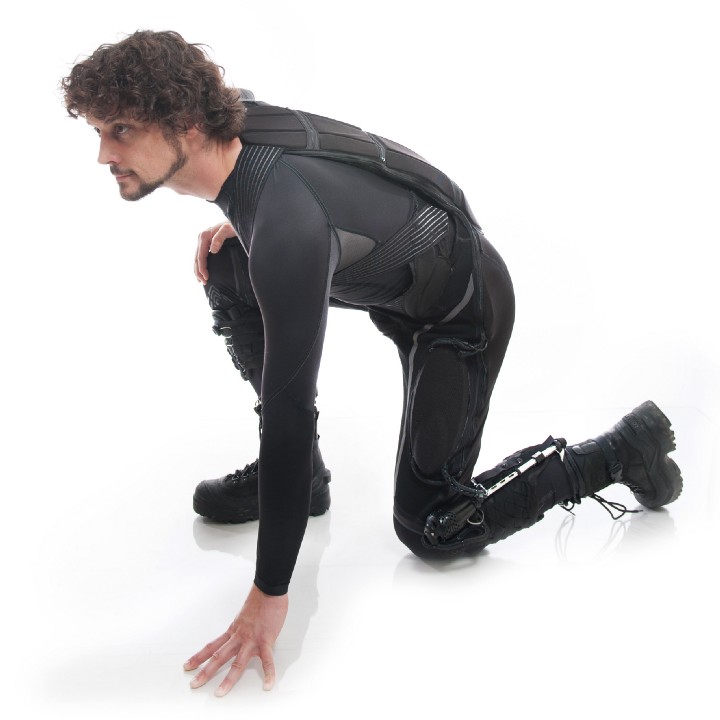
A Seismic shift brings Superflex and the core wellness suit
The Warrior Web program allowed SRI to envision broader applications for this type of smart robotic-enhanced wearable. Rich Mahoney formerly of SRI Robotics, led SRI’s Warrior Web effort. With a background in applying unique engineering solutions to health needs, Mahoney realized this same technology could help people with conditions such as muscular dystrophy as well as older people with general day-to-day activities. Mahoney gathered a team of experts in textile innovation, robotics, biomechanics and artificial intelligence and led the creation of a spin-out company to take this technology further. This spin-off company was named Seismic.
Seismic creates “powered clothing” by fusing apparel items with discreet robotic muscles. Seismic describe this powered clothing as a “fusion of apparel and robotics.” In 2018, at the TechCrunch Disrupt show, Seismic presented the core wellness suit. This was a suit designed to enhance core strength and posture for the average person. Even basic activities such as sitting, standing, lifting or carrying could be easier with the core wellness suit, providing wearers with 20% to 30% more strength. The suit leverages SRI’s linear actuator and skin attachment innovations originally conceived during the warrior web effort.
In 2019, Seismic was added to Fast Company’s annual list of the world’s most innovative companies.
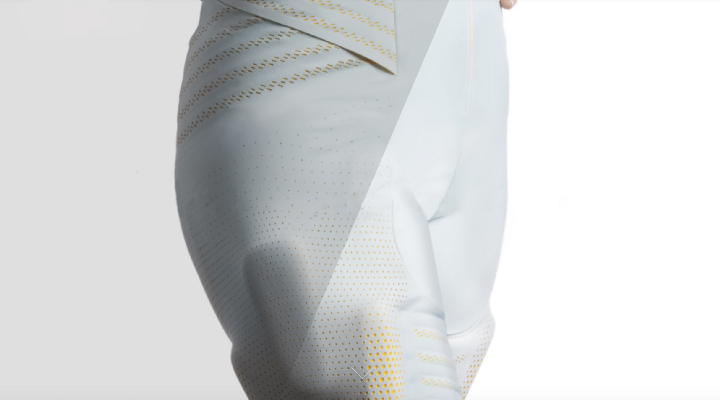
A new chapter: Continuing to innovate with wearable robotics at SRI
SRI’s innovations in wearable robotics did not end with the creation of Seismic. SRI has continued to develop a variety of wearable sensors for both military and civilian applications. SRI developed cooling footwear to keep workers and the general population cool without requiring energy low thermostat settings.
More recently, SRI began work on a Smart Knee Brace project as part of the Congressionally Directed Medical Research Program (CDMRP). The knee brace will allow people with knee injuries to continue to function at a high level while protecting the knee from further damage. Unlike conventional braces that uncomfortably apply pressure to the knee constantly, the smart brace applies the forces only at the point in the walking cycle when they are needed. Like the Warrior Web SuperFlex technology, the brace utilized SRI’s innovations in lightweight linear actuators and comfortable skin attachment.
The future is built on muscle power
According to the American Academy of Orthopaedic Surgeons, 126 million Americans are affected by a musculoskeletal condition, such as arthritis and fibromyalgia. An estimated $213 billion are spent treating these conditions. Even so, muscular pain can be debilitating and make life difficult at best and unbearable at times. The development of a lightweight suit that could alleviate the burden of muscles may have begun as a military project, but this technology can significantly enhance the quality of life for many people worldwide.
Interested to see more from SRI? Visit sri.com.
Resources
DARPA Warrior web: https://www.darpa.mil/program/warrior-web
Soft robotics blog: https://www.sri.com/blog-archive/soft-robots-are-reshaping-the-future-of-robotics/
YouTube, Home Brew Robotics Club Meeting — Feb 2016 — Talk2: SRI Robotics: https://youtu.be/UzpisQq0l3U
Wearable robotics: https://www.sri.com/case-studies/wearable-robotics-for-human-augmentation/
Cooling footwear:
https://arpa-e.energy.gov/sites/default/files/8.%20SRI%20Pitch%20for%20ARPA-E_DELTA%20SEPT-2017%20public.pdf
Seismic: https://www.myseismic.com/
American Academy of Orthopaedic Surgeons: https://www.sciencedaily.com/releases/2016/03/160301114116.htm
